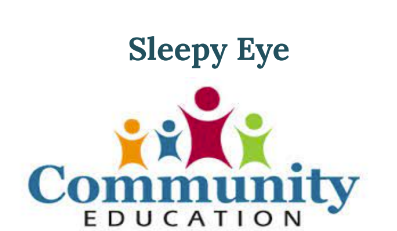Newsletters
-

News from Sleepy Eye Schools Superintendent
by John Cselovszki Sleepy Eye Public School is back in full swing after a well-deserved holiday break. I certainly hope…
Read More » -

-

Community Education Update 1/20
The winter-spring Community Education brochure has been posted on the school website, emailed or mailed to those that have signed…
Read More » -
Family Living Focus: Caregiver Health – A Population at Risk
Gail Gilman, Family Life Consultant, M.Ed., C.F.C.S. and Professor Emeritus, University of Minnesota Millions of Americans age 18 and older…
Read More » -
Family Living Focus: Caregiving and Ambiguous Loss – Part II
Gail Gilman, Family Life Consultant, M.Ed., C.F.C.S. and Professor Emeritus, University of Minnesota Caregiving for a loved one can cause…
Read More » -
Community Education Update 1/13
An online signup is open for families to register for Early Childhood Screening which will be held at the Sleepy…
Read More » -
Family Living Focus: Keep Your Home Healthy
Gail Gilman, Family Life Consultant, M.Ed., C.F.C.S. and Professor Emeritus, University of Minnesota Prevent Carbon Monoxide Poisoning Did you…
Read More » -
Family Living Focus: Hold Off Those Extra Holiday Pounds
Gail Gilman, Family Life Consultant, M.Ed., C.F.C.S. and Professor Emeritus, University of Minnesota Indulge in rich foods over the holiday…
Read More » -
Family Living Focus: Cleaning Tips for When a Pet Joins the Household
by Gail Gilman, Family Life Consultant, M.Ed., C.F.C.S. and Professor Emeritus, University of Minnesota If you have been thinking about…
Read More » -
Family Living Focus: Depression and Alzheimer’s Disease
Gail Gilman, Family Life Consultant, M.Ed., C.F.C.S. and Professor Emeritus, University of Minnesota Many people with Alzheimer’s disease suffer from…
Read More »

